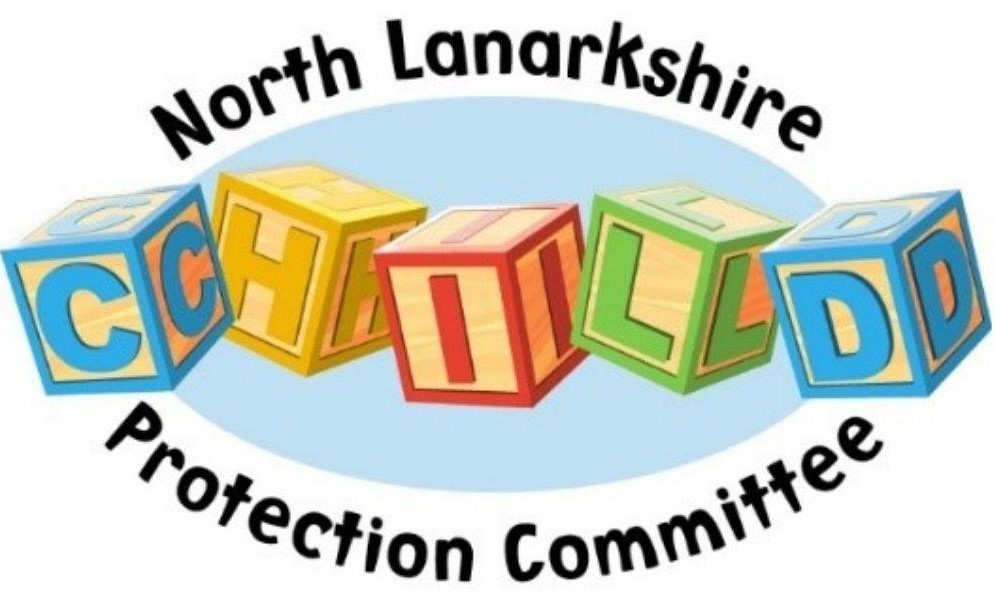What is harm and significant harm in a child protection context?

Protecting children involves preventing harm and/or the risk of harm from abuse or neglect. Child protection investigation is triggered when the impact of harm is deemed to be significant.
In assessing whether harm is or may become ‘significant’, it will be relevant to consider:
- the child’s experience, needs and feelings as far as they are known
- the nature, degree and extent of physical or emotional harm
- the duration and frequency of abuse and neglect
- overall parenting capacity
- the apparent or anticipated impact given the child’s age and stage of development
- extent of any premeditation
- the presence or degree of threat, coercion, sadism and any other factors that may increase risk to do with child, family or wider context
Sometimes, a single traumatic event may constitute significant harm – for example a violent assault, suffocation or poisoning. More often, significant harm results from an accumulation of significant events, both acute and long-standing such as neglect, that impacts the child’s physical and psychological development.
Significant harm is a matter for professional judgement and requires practitioners to make a decision about a child’s needs, the capacity of parents or carers to meet those needs, and the likelihood of harm, significant or otherwise. In understanding risk it is important to that the wishes, feelings and reactions of the child inform the assessment of need and risk.